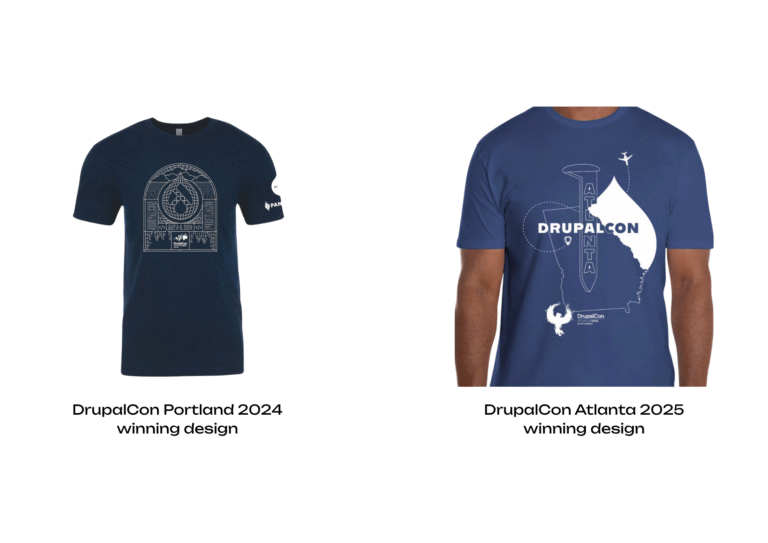In 2024, IoT is no longer a niche concept but a sprawling ecosystem that defies simple categorization. Its reach extends from cutting-edge mixed-reality devices like Apple’s Vision Pro to the operational frameworks of entire smart cities, encompassing everything from autonomous vehicles to precision health-monitoring tools. This vastness mirrors the early, ambiguous days of “cloud computing”, where the term was applied broadly and often inaccurately. Today, IoT is at a similar crossroads, demanding a sharper focus on definition and purpose to fully realize its potential.
Consider the 2024 breach of an IoT-powered factory floor in Germany. A cybercriminal group exploited weak authentication protocols in connected robotic arms, halting production for three days and causing millions of dollars in losses. Such incidents highlight how IoT devices, though revolutionary, can be double-edged swords without adequate safeguards.
Security in the Age of Complexity
On the consumer side, wearable health devices like Fitbit or Apple Watch Ultra generate highly sensitive personal data. The security requirements for these devices differ drastically from those of smart thermostats or refrigerators. Yet, many IoT manufacturers still treat security as an afterthought, prioritizing faster market entry over robust protections.
Recent advances in edge computing and 5G provide a promising path forward, allowing IoT devices to process and secure data locally rather than relying solely on centralized cloud systems. Tesla, for example, now leverages edge processing to analyze real-time data for autonomous driving. This reduces latency and enhances security, ensuring that sensitive information remains within the vehicle rather than traversing vulnerable networks.
One of the most pressing concerns of IoT’s continued growth is security. Just as the cloud evolved into specific subsets like SaaS, PaaS, and IaaS, the IoT ecosystem must adopt a more structured framework that reflects its unique challenges and applications. Security is at the heart of this transformation.
Meanwhile, smart cities are embracing innovations to secure urban IoT infrastructures. From traffic management systems to utility grids, cities like Tokyo and Amsterdam are pioneering “zero-trust architecture” for IoT deployments. These systems assume no device is inherently trustworthy, continuously authenticating and monitoring every interaction. This method reduces the risk of widespread disruptions caused by compromised devices.
This discrepancy underscores the urgent need for segmentation. IoT cannot remain a singular, catch-all term. It must be categorized into layers such as “critical IoT,” which encompasses devices integral to public safety, and “consumer IoT,” which includes gadgets primarily designed for convenience. Each layer must have distinct security protocols tailored to its purpose and risk level.
Drawing Parallels to Current Innovations
Given the amount of discourse surrounding the Internet of Things (IoT), one might assume the term is well-defined and universally understood. However, the reality is quite different—professors, tech companies, media outlets, and individual blogs often diverge in their definitions of what IoT truly encompasses.
Similarly, healthcare providers are piloting edge-based IoT solutions to safeguard patient data while enabling remote care. Devices such as portable ECG monitors and glucose trackers now process critical data on-device before sending summaries to secure cloud platforms. This approach not only enhances privacy but also builds trust in IoT adoption within the medical sector.
Infographic Source
By Daniel Price
Overcoming Challenges in IoT Security
The professionals tasked with this monumental challenge will play a critical role in shaping the IoT landscape. As with securing the websites and payment systems we rely on today, their expertise will determine whether IoT becomes a tool of empowerment or a vector for unprecedented vulnerability. One thing is clear: 2025 will be a defining year in the journey to redefine and secure IoT.
Despite these advancements, IoT still faces significant hurdles. A 2025 survey by Cybersecurity Ventures revealed that 60% of IoT developers cite budget constraints as a major barrier to implementing robust security measures. Furthermore, the global shortage of cybersecurity professionals—projected to exceed 3.5 million this year—makes it difficult for organizations to keep pace with the growing attack surface IoT creates.
The Road Ahead
Another challenge lies in standardization. Unlike the cloud industry, which has benefited from widely adopted frameworks like ISO/IEC 27017 for cloud security, the IoT sector remains fragmented. While initiatives like the IoT Cybersecurity Improvement Act in the U.S. have made progress, global cooperation is essential to establish universal benchmarks.
The coming years will be pivotal for IoT’s maturity as an industry. The success of its integration into everyday life hinges on establishing a common language and standardized security tiers that ensure trust without stifling innovation. Much like the structured evolution of the cloud, IoT’s future depends on its ability to adapt, define, and secure its sprawling network of devices.





